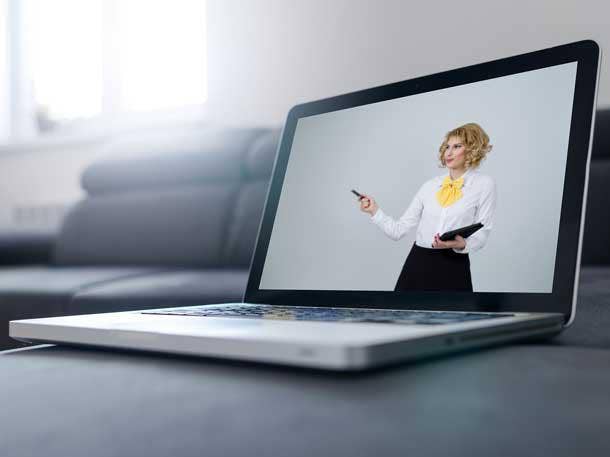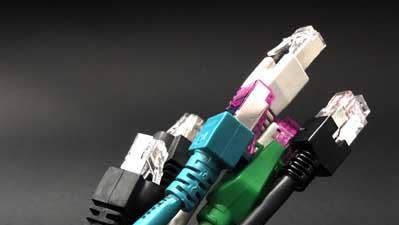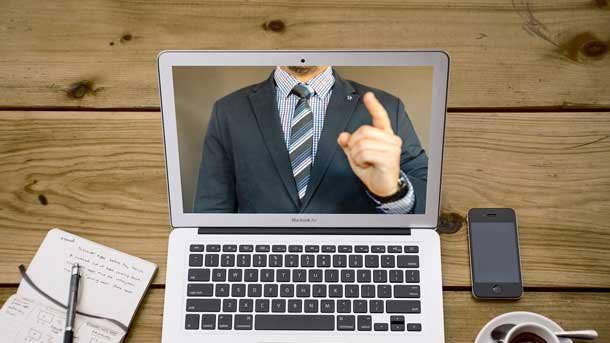5 Cool Videoconferencing Tips To Make Meetings More Fun And Effective
With the coronavirus pandemic causing many employees to stay put at home, videoconferencing for remote working is on the rise. Here are some tips and tricks for a successful video meeting, along with insights from some of the leading videoconferencing vendors.

Going Live
As the COVID-19 coronavirus pandemic pushes more businesses to close their office doors and employees to work remotely, employees are flocking to videoconferencing tools to collaborate with their teammates, keeping formerly in-person meetings flowing.
COVID-19 has proven to be a "disruptive force" in that it has made nearly every business rethink how they handle interactions between their employees, supply chains, and with their end customers, said Darrin Nelson, senior vice president of digital, data and security business development for Sirius Computer Solutions, a San Antonio-based channel partner.
"It's unexpectedly made almost every enterprise support a remote workforce by helping employees do their jobs and collaborate," he said. "Many businesses went from having about 80 percent of their meetings face-to-face, including travel, but in order to be able to survive, they now have to figure out how to virtualize almost all of their engagements in order to keep their lights on."
Short of having a face-to-face meeting, a video meeting is the best way to bring a team together and create the feeling of being in the same room, despite being miles apart. Here are five videoconferencing tips, tricks and etiquette for a successful video meeting during this unprecedented time.
And check out CRN's list of free videoconferencing tools for working remotely.

Meeting Setup
First, pick a room or area in your home that is away from potential noisy, well-trafficked areas of the house or apartment and away from any distractions, if possible. Carving out a corner in your home and designating it as your workspace can go a long way in helping you feel your most productive. And bonus points if the area has a nice photo or wall hanging behind you to show off your interests and give video calls a personal touch. Or, you can also select a virtual background, such as a city skyline or island-themed backdrop when using videoconferencing provider Zoom's platform, the company said on its blog post about video tips and tricks.
Set up your at-home videoconferencing space similar to how you might take video calls in your office. You probably wouldn't take calls from your desk or cubical with others walking by -- you'd probably pick a quite area, like a conference space or huddle room.

A Strong Connection
A good video meeting starts with a good connection. That's because video tend to be a bandwidth-intensive application.
Using an ethernet cable to create a stronger connection into a home Wi-Fi network is ideal. Otherwise, making sure to be in an area of the house that gets a strong Wi-Fi connection -- typically as close to the router as possible. This will help avoid lag in the video experience on both your side, as well as for your meeting invitees.

Sound On
It's important to determine whether you will be using the microphone on your computer, or whether you'll be calling in using a headset. It may depend who else may be in your home during a video call. Headphones are great for blocking out other noises that may be going on around you, but even just for clarity's sake, a pair of earbuds, a small headset, or a non-intrusive earpiece is a great option for capturing sound the best on your end, as well as for others in the meeting listening.
And by all means, mute yourself when not speaking for several minutes. Many popular videoconferencing platforms default to showing the speaker on the largest or most prominent screen, so even making noise -- like typing, coughing, or chewing -- while someone else is speaking will pull up your screen as the speaker if you're not on mute. This can cause issues if the meeting is being recorded, videoconferencing giant Lifesize reminds users on its best practices for videoconferencing etiquette article.

Lighting Is Everything
Aim to be in a well-lit room, either by natural sunlight or overhead lighting or lamps. Face the camera head-on with the camera situated eye-level with you, if possible. Keeping your face visible lets others see your reactions and body language in real-time, which is a big benefit that can get lost with a phone call or over email, according to Cisco's Webex Team blog.
Try to face an open window, if possible, with the back of the laptop/camera against the window for the best lighting. Having your back against the window will cause a glare and will also create a shadow-like appearance. Assuming you're not trying to do an anonymous interview, facing a light source is your best bet.

Dress For The Job
Last, but definitely not least, dress appropriately for the meeting. Business attire may not be required (depending on the meeting) but be ready to jump on-camera just as you would be ready to meet with colleagues in an office setting.
That said, many meetings will probably be a bit more casual these days with most executives working from their homes. A professional top, minus any flashy attire, works best for video meetings. And according to video giant Poly's Guide to Vidiquette, it's best to stay away from complicated patterns on shirts when going on-camera, such as checkered designs or pinstripes.
It goes without saying, but along with looking put-together, being prepared, joining on time, and keeping concise will go a long way in ensuring a successful video meeting, just as it does in a face-to-face meeting.